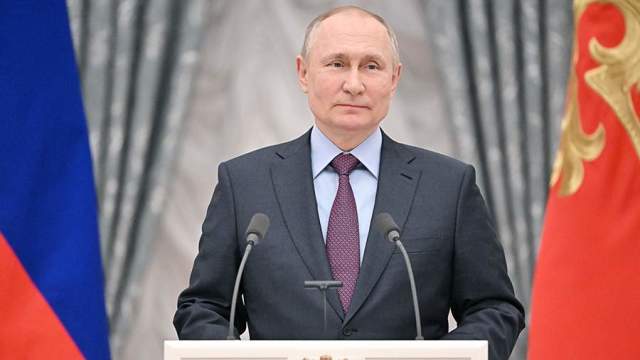There are weapons on combat duty in the Russian Armed Forces that have no analogues in the world. This was announced by Russian President Vladimir Putin on February 23.
"Weapons that have no equal in the world have been put on combat duty. We will continue to develop promising weapons systems, including hypersonic and based on new physical principles, expand the use of advanced digital technologies and elements of artificial intelligence," he said, congratulating Russians on Defender of the Fatherland Day.
Such complexes are "weapons of the future, which significantly increases the combat potential" of the country's Armed Forces, the Russian leader noted.
The Head of State added that the training of personnel and the personal qualities of soldiers are still of great importance for the Armed Forces.
According to Putin, in recent years the country has done a lot for the qualitative modernization of the armed forces: they have become more mobile and gained new combat experience, the training of units and formations has seriously increased.
Earlier, in December 2021, the President of the Russian Federation announced the continuation of work on large-scale modernization of the army and navy. As a result, according to him, the share of modern weapons in the troops exceeded 71%, and in the strategic nuclear forces — 89%. Some of the newest types of weapons, including the Avangard and Dagger complexes, have been put on combat duty, he stressed.
At the same time, the Commander of the Strategic Missile Forces (RVSN) Sergey Karakaev spoke about Russia's development of new hypersonic strategic complexes that will replace the Avangard units when the United States finds means of countering them.
In October 2021, Izvestia sources in the Russian Defense Ministry reported that another hypersonic weapon system was being created in Russia. It is implemented within the framework of the experimental design work (R&D) "Larva-MD". It was noted that the product is at the stage of working out the layout, it has not yet entered flight tests. The new missile is expected to fly at speeds five or more times faster than sound and will become virtually invulnerable to modern air and missile defense systems.

